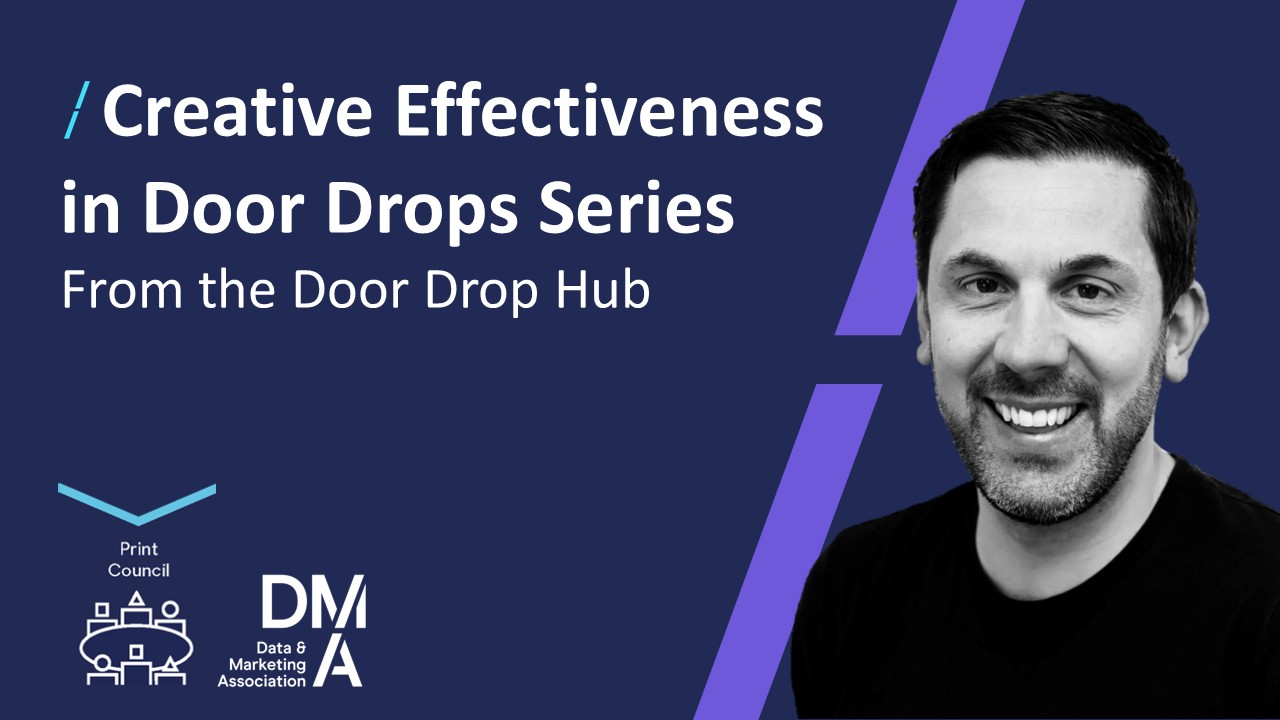Why 'emotional loyalty' is the new opportunity for brands
28 Nov 2023
.png)
All brands strive for loyalty but some manage to go above and beyond, building something that transcends favourability and borders on love.
Being more than just front of mind and forming a stronger emotional connection with consumers is the new opportunity in loyalty, according to Simon Jeffs, principal marketing strategist at relationship marketing specialist Marigold. And while not all companies will reach the dizzy heights of fans queuing outside the Apple or Nike store, this should not stop brands trying to achieve their own kind of emotional loyalty.
“I think of emotional loyalty as loyalty without reason, it’s that way brands bring themselves alive for customers,” Jeffs says.
Read more: A New Kind of Loyalty: How to build emotional loyalty and drive revenue growth
“Traditional loyalty is normally focussed on keeping customers coming back through discount codes, vouchers and early access to launches and so on. A lot of the time it might just be where a brand fits in with a basic need, such as being the nearest or cheapest petrol station. This traditional loyalty is still something brands need to be good at, it’s basically table stakes. But if they step it up to the next level, and form really meaningful connections with consumers, that’s when you start to build emotional loyalty.”
This concept of emotional loyalty is hard to pin down, but it is the kind of brand affinity characterised by people truly feeling a human connection to a brand. It is not only desirable because it increases sales, it also reduces churn. Whereas a poor experience, such as a late delivery, might be the end of a relationship with some brands, those which have an emotional bond with consumers will generally be forgiven and given a chance to put it right.
What brands should be doing
It is hard to be too prescriptive when it comes to building and maintaining a long-term emotional connection, as opposed to looking for an immediate sales lift from a discount code. For Jeffs, building and maintaining this adoring feeling relies on a brand always going the extra mile. It centres on, wherever possible, providing elevated customer service and experiences that show customers they are truly valued.
“Sports clubs, bands and entertainment venues are very good at this. You often see superfans can get money-cannot-buy experiences where they get to meet their idols and go behind the scenes,” he says.
“You see that type of experience being offered with Sky’s VIP club, through elevated benefits which include meet and greets. A lot of brands will use sponsorships with clubs and performing artists to do the same.”
While not all brands can offer such behind-the-scenes experiences, they can double down on ensuring they extol the core values shared deeply by consumers. Through picking a cause and placing it at the centre of their strategy and marketing communications, a company can show customers they are truly seen and understood by an organisation that feels the same way.
“The outdoor apparel brands are really good at this. They know they stand for active exploration and protecting the environment,” says Jeffs.
“Companies like Timberland and Patagonia, to name just two, build that emotional connection with their customers by showing how much they care about sustainability too. It doesn’t have to be an outdoors company, though, any brand can put sustainability at the heart of what it does to build that deep relationship with consumers who become their fans.”
It could equally be achieved through the authenticity a brand derives from the provenance of what it sells. This is evident in food and drink, and craft manufacturing companies, who want to show the skills and passion that go into a final product – whether that be looking after the ‘terroir’ of a wine-growing region, or hand-stitching clothes and accessories in the same way craftspeople have for decades or centuries.
Exceeding service expectations
Going above and beyond normal levels of customer care is another good way of showing customers they are truly valued by people who are willing to go the extra mile.
“Brands need to be thinking how they can empower their people to surprise and delight customers through customer service that goes beyond what people might be expecting,” says Jeffs.
“One example that stands out is a pet food company which covered the cost of a large delivery of food after someone called in to say their beloved dog had died. They not only covered the cost, so the food could be given to a pet charity, they also sent the owner a bunch of flowers. The owner tweeted their experience on social media and the brand got a lot of very positive feedback - and over 600K likes.”
There are many ways companies can similarly help people out and gain that emotional connection. Hand-written notes in the post with a delivery can work, as can individually responding to social media comments or follow-up calls just to make sure everything is ok with a new product or service, perhaps after a problem has been resolved.
Understanding key touchpoints
To succeed in going beyond traditional loyalty to build and maintain emotional loyalty, businesses need to invest in the technology that collects detailed information about each individual customer’s interactions with their brands at every touch point. This first-party data can be combined with zero-party information a customer has told a brand about themselves to ensure the company can understand customer behaviour in real time.
By being able to recognise crucial points in a customer’s journey, triggered just-in-time messaging such as an email or a notification can be deployed to provide a helping hand when it matters – for example, signposting a product or service, or offering troubleshooting advice.
“Brands with loyalty programmes will need the right technology to manage that relationship with each customer, with a rules-based engine running rewards,” adds Jeffs.
“To spin this up into driving loyalty without reason, they will need to collect data from major touchpoints and look at loyalty more holistically. They need to be able to take that data and trigger behaviourally driven messaging at those critical moments in a consumer’s relationship with a brand, where they fall in love with it or decide they have had enough and go elsewhere.”
Getting this right has the benefit of making a brand irreplaceable in a fan’s life, boosting revenue from purchases and making it more likely they will forgive your missteps rather than churn to a rival.
To find out more about how brands can drive this new level of emotional loyalty, download ‘A New Kind of Loyalty: How to build emotional loyalty and drive revenue growth’





Please login to comment.
Comments